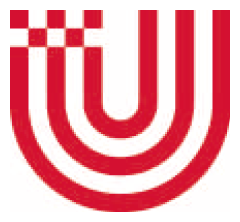Work, Welfare State, and Gender
Over the past decades, the content, structure, and the role of paid work have undergone substantial changes, marked not only by tertiarisation, rising educational levels, increasing employment of mothers with young children,and more flexible forms of living, but also by globalization, free movement of workers and services, flexibilization of labour markets, and growing migration.While standard work arrangements and the male breadwinner household model are on the decline, non-standard work and the pluralization of family forms are on the rise. For some social groups and phases in the life course social risks are increasing. Traditional welfare arrangements which focused on unemployment or old age are eroding and can no longer buffer new social risks, such as in-work poverty. New welfare and gender policies are generating new dynamics of inequality among women, between women and men, by class, gender, and ethnicity. Research topics include
- Structure and dynamics of gender segregation in the labour markets in cross-national comparison
- Expansion and professionalization of education and social services
- Changes in public employment regimes
- Intersectionality of class and gender
More information:
Members of the Working Group
Projects of the Working Group
Publications of the Working Group











